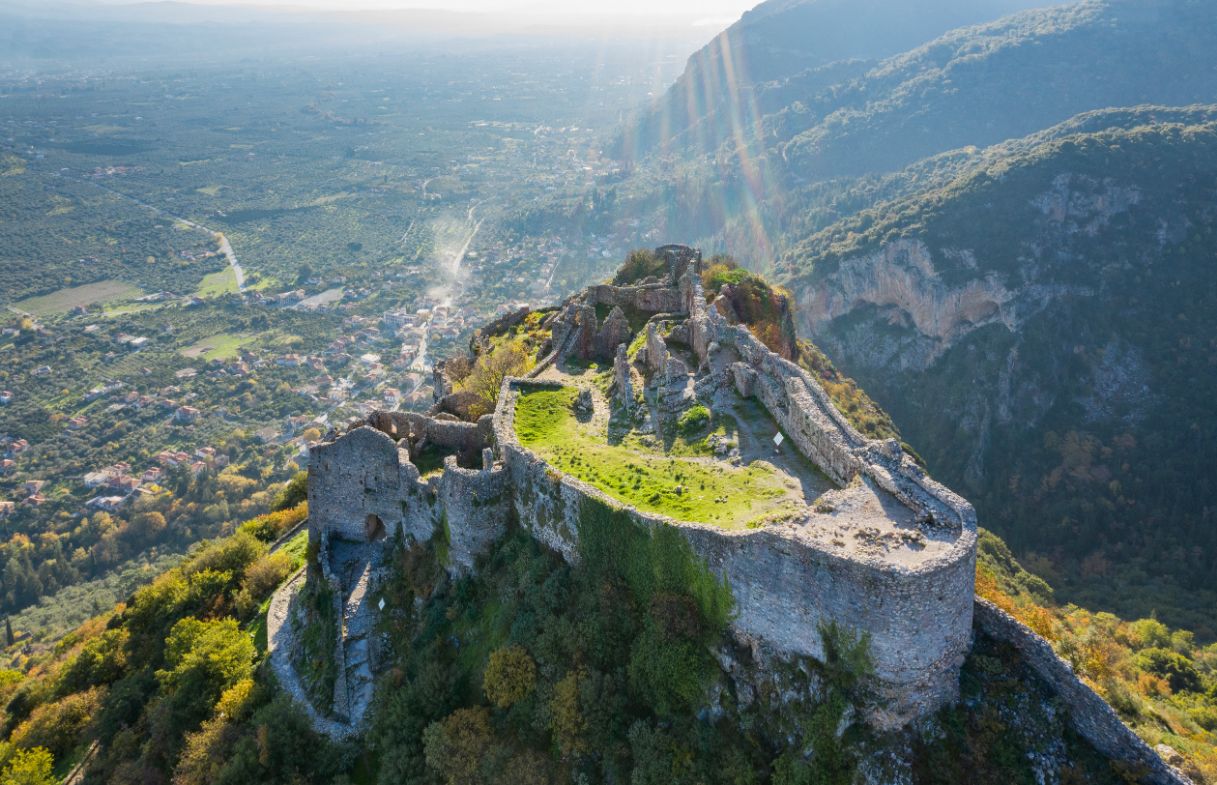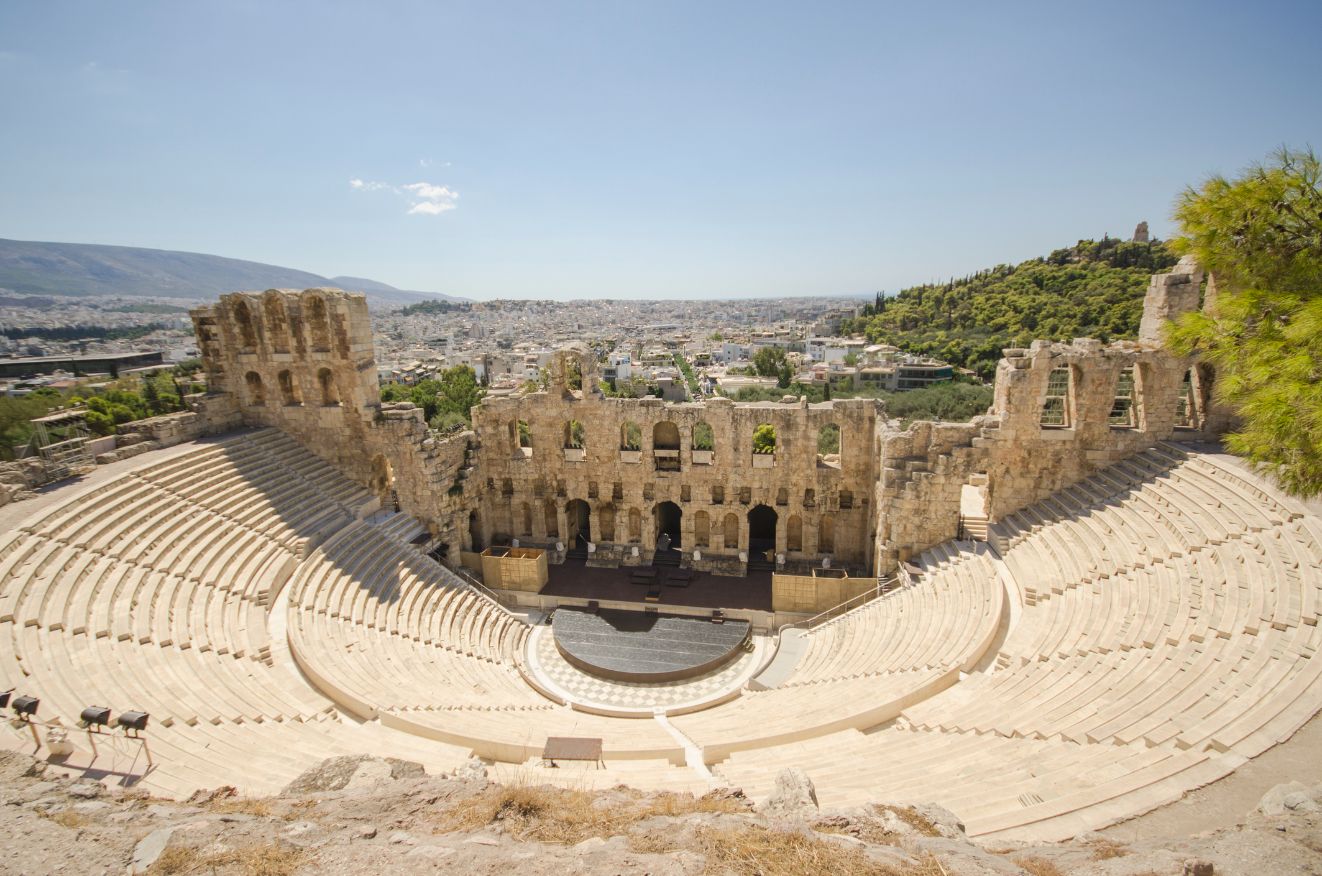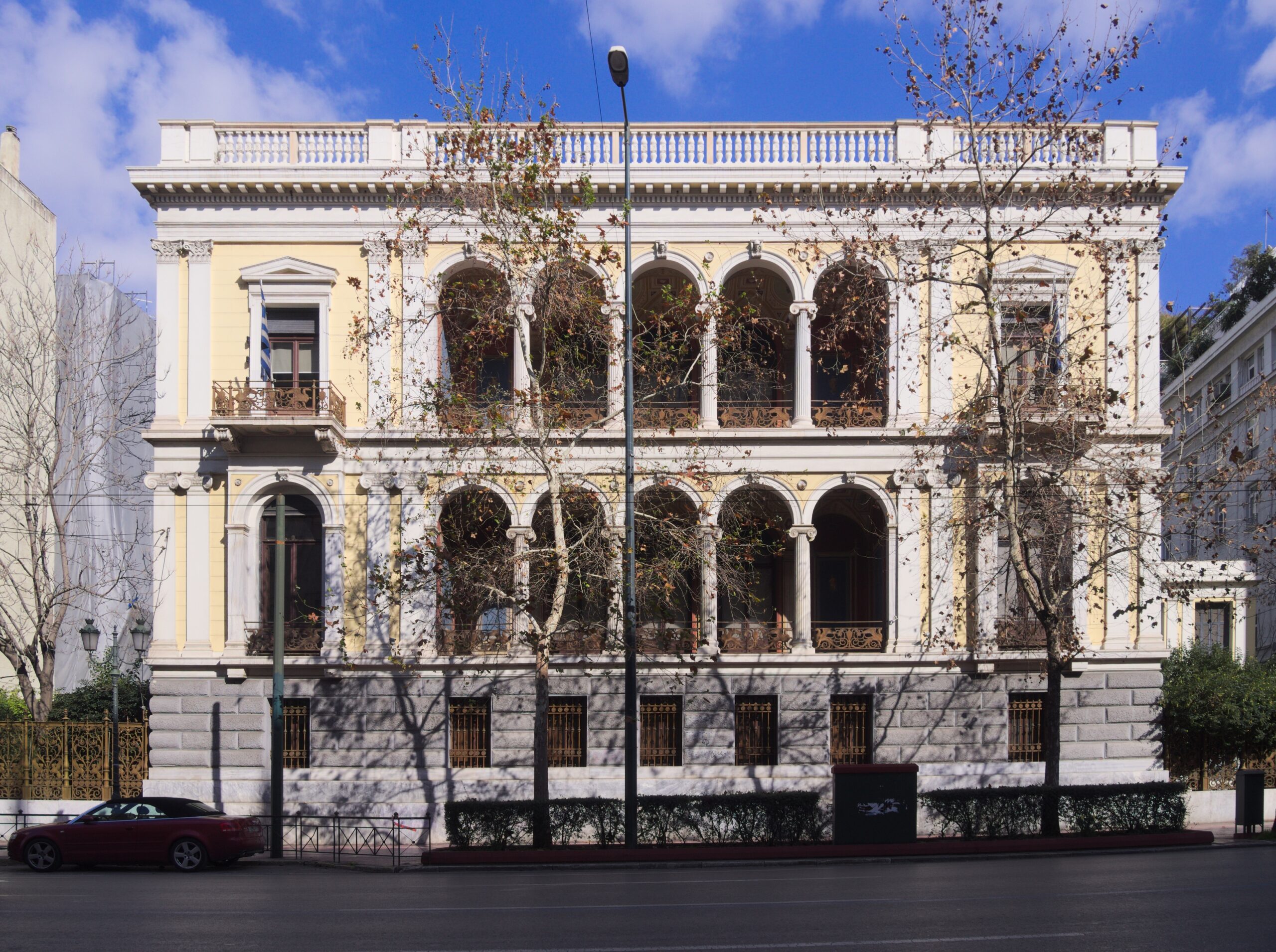A Byzantine Gem of History and Culture
Mystras, a remarkable Byzantine fortress town, is located on the slopes of Mount Taygetos in the Peloponnese region of Greece. Founded in the 13th century by the Frankish ruler William II de Villehardouin, Mystras became a significant cultural and political center during the Byzantine Empire’s later years. Its strategic position allowed it to flourish as a hub of art, architecture, and learning.
The town is characterized by its stunning medieval architecture, including churches, palaces, and monasteries, many of which are well-preserved. One of the most notable structures is the Cathedral of Agios Dimitrios, adorned with exquisite frescoes that illustrate the brilliance of Byzantine artistry. In addition, the Palace of the Despots showcases the opulent lifestyle of the Byzantine nobility.Beyond its historical significance, Mystras also boasts breathtaking natural beauty. The hilltop location provides stunning vistas of the Laconian plain and the Taygetus mountains, creating a harmonious blend of man-made and natural landscapes.
During its peak in the 14th and 15th centuries, Mystras became the seat of the Despotate of Morea, drawing scholars, artists, and tradespeople. It served as a melting pot of Greek and Italian Renaissance influences, contributing to a rich cultural tapestry. However, Mystras faced decline following the fall of Constantinople in 1453, ultimately succumbing to Ottoman rule.
Today, Mystras is recognized as a UNESCO World Heritage Site, attracting visitors interested in its history and beauty. The ruins of this once-thriving city evoke a sense of nostalgia and offer a glimpse into the vibrant life of the Byzantine era. Wandering through its narrow streets and ancient structures, one can feel the echoes of history reverberating in the air, making Mystras a captivating destination.





